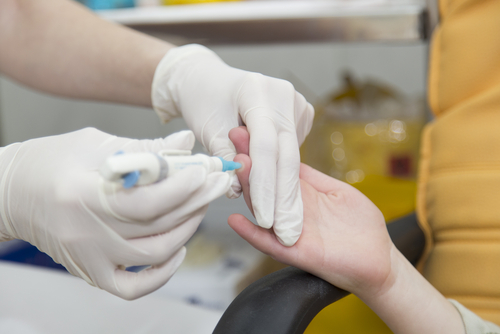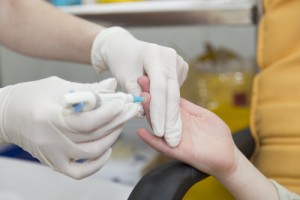Researchers Seek To Expand on Juvenile Systemic Sclerosis (jSSc) Insights

 Most of the time, systemic sclerosis is associated with adulthood. However, juvenile systemic sclerosis (jSSc) is just as severe, despite a lack of published data concerning the condition. Fortunately, the five-year survival rate is high (95%), but according to “Systemic Scleroderma in Childhood: A Case Report,” published in the journal Archives of Rheumatology, morbidity and mortality are a concern for children afflicted with the disease.
Most of the time, systemic sclerosis is associated with adulthood. However, juvenile systemic sclerosis (jSSc) is just as severe, despite a lack of published data concerning the condition. Fortunately, the five-year survival rate is high (95%), but according to “Systemic Scleroderma in Childhood: A Case Report,” published in the journal Archives of Rheumatology, morbidity and mortality are a concern for children afflicted with the disease.
The new report seeks to expand the knowledge of jSSc by presenting and analyzing the case study of one jSSc patient, a six-year-old boy in Turkey, who was admitted to a treatment clinic with the symptoms such as stiff hands and trouble lifting his fingers and toes. As a taller child, in the 50-75th percentile of height, he was found to be in the 10-25th percentile for weight, making him disproportionately thin and suggesting some involvement of his internal organs that prevented nutrient absorption.
The panel of blood testing and examinations showed mostly normal results. However, his antinuclear antibodies suggested the presence of scleroderma, and the flexor and extensor tendons in his hands were inflamed. Delving further into his condition, a dermal biopsy revealed thickened connective tissue under the skin’s sweat glands.
In order to treat the boy’s symptoms, the clinicians administered intravenous immunoglobulin and put him on a regimen of methylprednisolone and methotrexate every other day. To further improve the chances of recovery and rejuvenate quality of life, the boy was enrolled in a physical exercise program.
After these interventions, the boy was in remission four years later. Early recognition was key, which can sometimes be difficult for patients who present gradual, non-specific symptoms of fever, fatigue, and loss of appetite. Fewer than 1-2% of scleroderma patients show signs of disease before the age of 10, and 10% show signs before the age of 20. While localized scleroderma has been reported to clear itself spontaneously, there is still a need to develop therapeutic options for patients with active inflammatory stage scleroderma.






